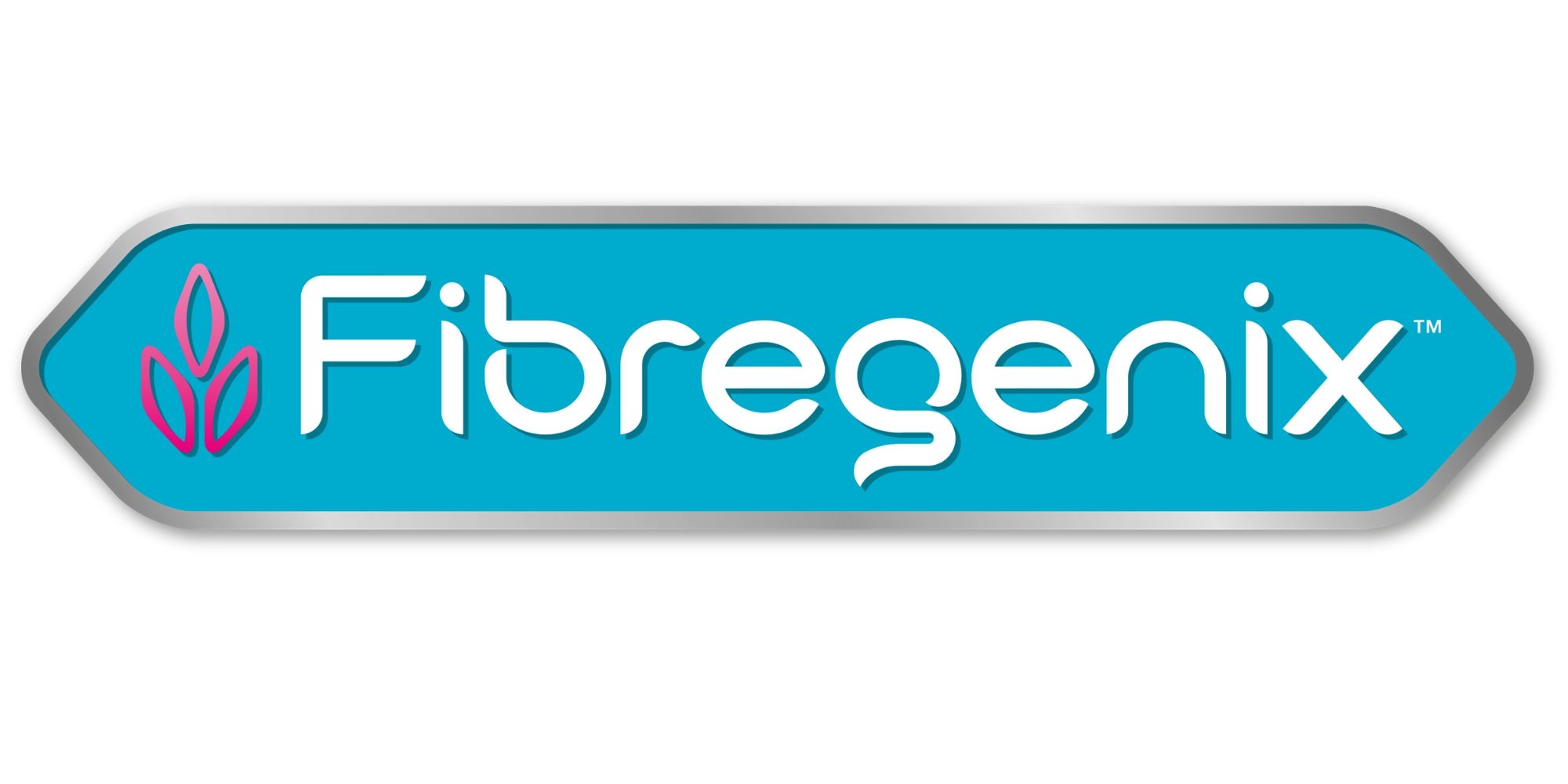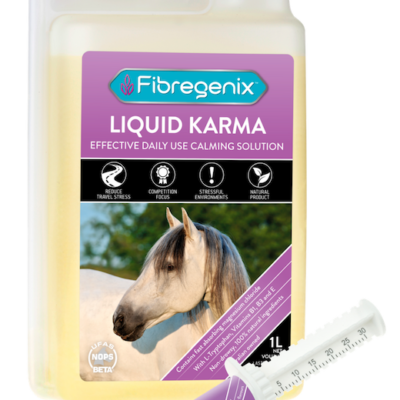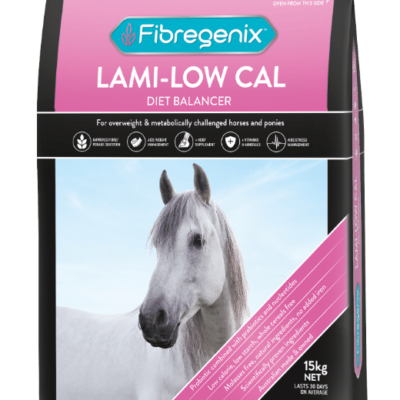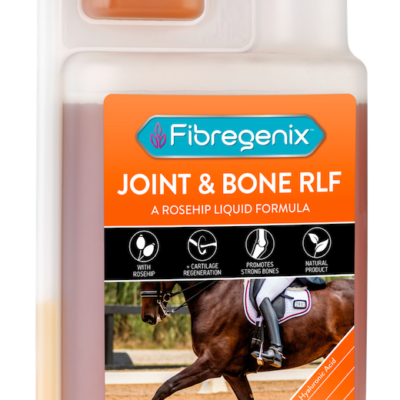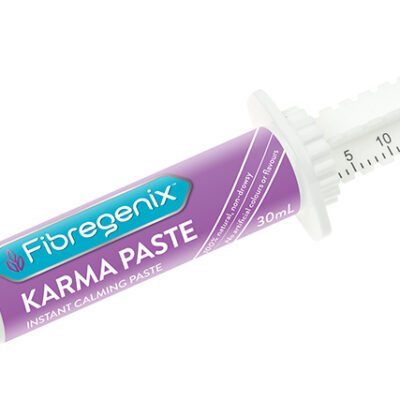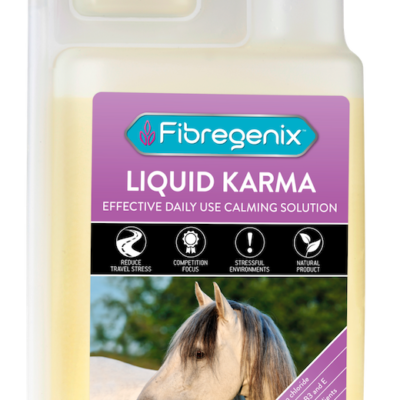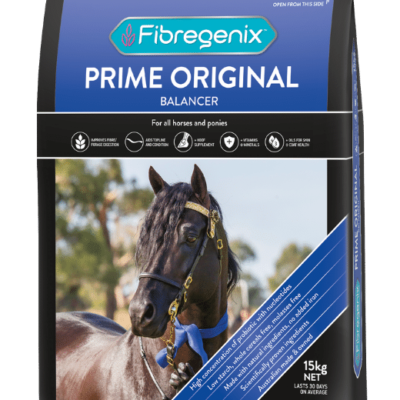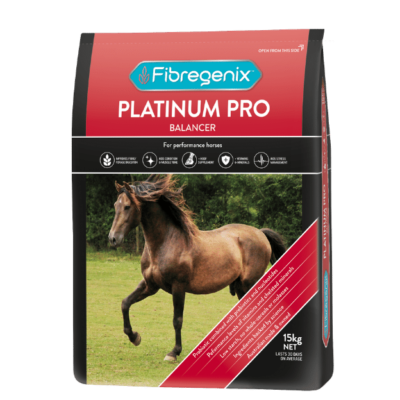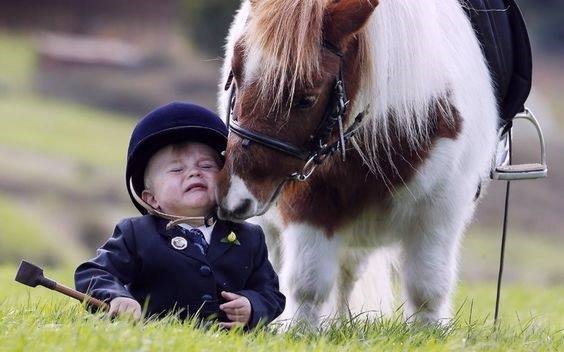 We all have our own way of doing things and with feeding horses, it’s no different. But have you ever considered why you do what you do and whether it’s actually for the right reasons?
We all have our own way of doing things and with feeding horses, it’s no different. But have you ever considered why you do what you do and whether it’s actually for the right reasons?
I always add chaff or lucerne to my horse’s feed
If your horse is getting ad-lib forage (grass, hay), does he really need extra fibre in his bucket? Half a scoop or so is not providing a significant amount of additional fibre anyway and is merely adding to the overall size of the meal. Since a horse has limited stomach capacity, the overall compound ration should be divided into as many small meals as possible.
However, many of us can only feed twice a day so, if your 500kg horse in light to moderate work needs 3.7kg of commercial compound hard feed (the recommended amount) per day, that’s 1.8kg per feed and will provide potentially too much starch in one feed.
Personally, I would always add in some chaff/fibre if a concentrate (grain or compound feed) is being given because….
it slows down the rate of consumption of the hard feed and promotes more thorough chewing which is better for saliva production. A horse produces far less saliva chowing down a kilo or more of hard feed on its own, as it’s easier for them to eat. This means the gastric acid is not being buffered and too much acidity in the stomach will overwhelm it and can create problems such as ulcers.
Meal Size Guide
Do not exceed a total of 1.6 – 1.8kg per feed for a horse and 1.4 – 1.6kg for a pony (including additional chaff or sugar beet, if fed)
Adding more to it, even fibre, is risking overloading the stomach and feed flowing on into the intestine before it has been properly digested in the stomach. At best this is a waste of feed, at worst it can cause problems when it reaches the hindgut.
Alternative fibre sources can be useful if a horse is a poor forage eater but need to be fed in significant quantities, perhaps in a separate bucket, to replace the fibre the horse is missing out on by not eating forage.
I always add soaked sugar beet pulp to my horse’s feed
Sugar beet pulp is rich in “super fibres”, like hemicellulose and pectin; different from the structural fibre, cellulose, which is abundant in forage. Super fibres are more easily digested than cellulose and yield more energy, so sugar beet pulp is ideal where additional slow-release calories are required but care must be taken with the overall meal size when adding it to other hard feeds (see above).
As far as adding sugar beet as a way of making the meal wet, this can be useful at times, when there’s a risk of the horse dehydrating or not drinking, such as when travelling or at competitions. Normally though, feed shouldn’t need damping if the horse always has access to fresh, clean water. Chewing triggers the horse’s saliva production and the more he chews, the more saliva is produced.
I always feed less than it says on the bag
Feeds are carefully formulated to ensure they deliver all the nutrients and calories a horse requires, alongside forage, within a manageable daily amount. This is calculated according to bodyweight and workload so feeding less could mean a horse misses out on essential nutrients.
If feeding the recommended amount of a compound feed means your horse gets fat or has too much energy, you need to switch to a feed with a lower Digestible Energy (DE) which supplies the required nutrients with fewer calories per scoop. If you still can’t feed what it says on the bag, choose a Fibregenix balancer instead or top up the reduced levels of compound feed with a Fibregenix balancer to ensure your horse receives a fully balanced diet. Balancers, such as Fibregenix Lami Low-Cal, provide essential nutrients, including protein, vitamins and minerals, but minimal calories.
I always feed a hoof supplement
One of the most visible signs that a horse is missing out on essential nutrients, and not receiving a balanced diet, is poor hoof quality. A range of nutrients are necessary for healthy hooves and they include B vitamins, like Biotin, minerals, like zinc and calcium, and amino acids, like methionine. All these should be supplied in the required quantities by the recommended amount of a good quality compound feed or balancer so, if that’s what your horse is getting, you shouldn’t need to add a supplement. It takes 9 to 12 months for new horn to grow from the coronary band to the ground so expecting any improvement in under this time is wishful thinking. Supplementing an already balanced diet is a waste of money and choosing a product that supplies only Biotin is also not particularly useful since a range of nutrients are necessary.
I feed a chaff with added vitamins and minerals to my laminitis-prone pony but don’t actually feed the amount it says on the bag
Just like any complementary compound feed, “chaff-based all-in-one” products are formulated to be fed at certain levels to ensure the horse or pony receives all the nutrients he needs for health and well-being. A scoop here and there may seem like an excellent low-calorie snack, with vitamins and minerals to boot, but will not be providing the recommended daily amount of these essential nutrients so you might as well feed an ordinary low sugar chaff and cut your costs!
A balancer, like Fibregenix Lami Low-Cal, is great for good-doers and those prone to laminitis as it contains essential nutrients, like quality protein, vitamins and minerals, but minimal calories, the bulk of which can be supplied by forage. Fed in small quantities, Lami Low-Cal can give you peace of mind that your horse or pony is receiving the nutritional support he needs whilst you control his calorie/forage intake as necessary. Fibre remains very important to the good-doer, but lower-calorie sources are important, such as coarse, stalky hay as opposed to soft, leafy hay, and controlled access to grazing.
I like to feed a bran mash once a week
Whilst this was once common, it is now considered “bad practice” as it constitutes a sudden change of diet when changes should ideally be made gradually to avoid disrupting the sensitive bacterial population of the horse’s hindgut. Even a “regular” change, ie. a bran mash once a week, is enough to upset the bacterial balance and means the horse’s digestive efficiency is compromised.
Rather than feed a mash when a horse has a day off, reduce the horse’s normal feed by up to half and, if the horse is off work for a while, top the reduced feed up with a Fibregenix balancer, to maintain nutrient levels without the calories, or change to a lower energy feed which can be fed at recommended levels. Modern wheat bran is now devoid of much of the fibre and wheat germ for which it was once valued. Its addition to an already balanced compound ration will unbalance that ration and can upset the calcium: phosphorus ratio which, in turn, can compromise bone tissue formation and integrity, something which is particularly risky in growing youngstock.
I/my horse prefers a muesli mix to a pellet
It’s pretty rare for a horse to have a preference and the vast majority will find pellets equally as palatable as muesli mixes. The ingredients used to make pellets are of the same high quality as those used in muesli mixes but, whilst nutritionally they may be equal, aesthetically to us as humans, muesli will look more palatable. Pellets do have advantages over muesli mixes, particularly for horses with excitable temperaments, since they tend to be lower in starch than their mix equivalent. And, whilst ingredients are of the highest quality, the production process is less costly, so pellets tend to be cheaper! Give it some thought the next time you choose a feed; who are you aiming to please? After all, horses never tire of eating grass!
I need to avoid protein because my horse is fizzy
Riders often worry about protein levels in feed and usually for the wrong reasons, since this nutrient is rarely used by the horse’s body as a source of energy so is unlikely to “heat him up”. Protein is important however, as it supplies essential amino acids which are the building blocks of body tissues, including muscle fibres, so particularly vital for working horses. Since the body’s requirement for protein increases with workload, performance feeds contain more protein and coincidentally more calories, and it is the calories which may affect temperament.
I need to avoid cereals because my horse is fizzy
Having eliminated, or at least identified, any obvious causes of fizzy or fractious behaviour, then consider your horse’s diet. The amount of energy/calories that goes in should equal the amount that he needs for maintenance and work, as any excess will either be laid down as body fat or expressed as excitability or both. For excitable horses who need help maintaining condition, a balancer on its own or alongside a reduced amount of concentrate, plus plenty of good quality, digestible forage is the most effective solution. The important thing with the cereal content is that it must be cooked thoroughly to be as digestible as possible for the horse. Cooking methods like micronising and extruding have now superseded steam flaking as they gelatinise (cook) more of the cereals’ starch content. This reduces the risk of undigested starch reaching the hindgut and causing problems which can include crabby behaviour. Meal sizes must also be kept small for the same reason, whilst forage intake should be a minimum of 1% of body weight to avoid compromising gut function which could lead to colic or gastric ulcers.
Feed manufacturers never suggest that cereals are a replacement for fibre, rather that they are a useful and effective addition to a forage-based diet when fed correctly. Harder working horses, need the readily available glucose cereals supply as fuel for the brain and other organs, thus helping to maintain concentration and stamina. There are now feeds available which contain a blend of energy sources, alongside cooked cereals, with an emphasis on slower release energy, if required. Pellets also tend to be lower in starch than their muesli equivalent so are ideal for the fizzy type.
Whilst your horse may calm down on reduced quantities of a cheap, low energy mix, or on no complementary feed at all, consider his overall condition, health and well-being and whether this is likely to be sustainable as work-load or the demands of performance increase. Many horses “perk up” when their overall plane of nutrition is improved, and they start to feel well in themselves; many will settle again when they become accustomed to the feeling of well-being.
Food for Thought
Hopefully, if any of these situations apply to you, you will give a little thought to your reasoning and consider whether you are feeding entirely for your horse’s benefit. There is nothing wrong with keeping feeding simple; plenty of forage and the manufacturer’s recommended quantity of a compound feed or balancer should be all your horse needs. The key is in choosing the right feed for the job and not adding extras to it just for the sake of it. After all, by streamlining your feed room and making things as cost effective as possible you could free up cash to spend on other things!
